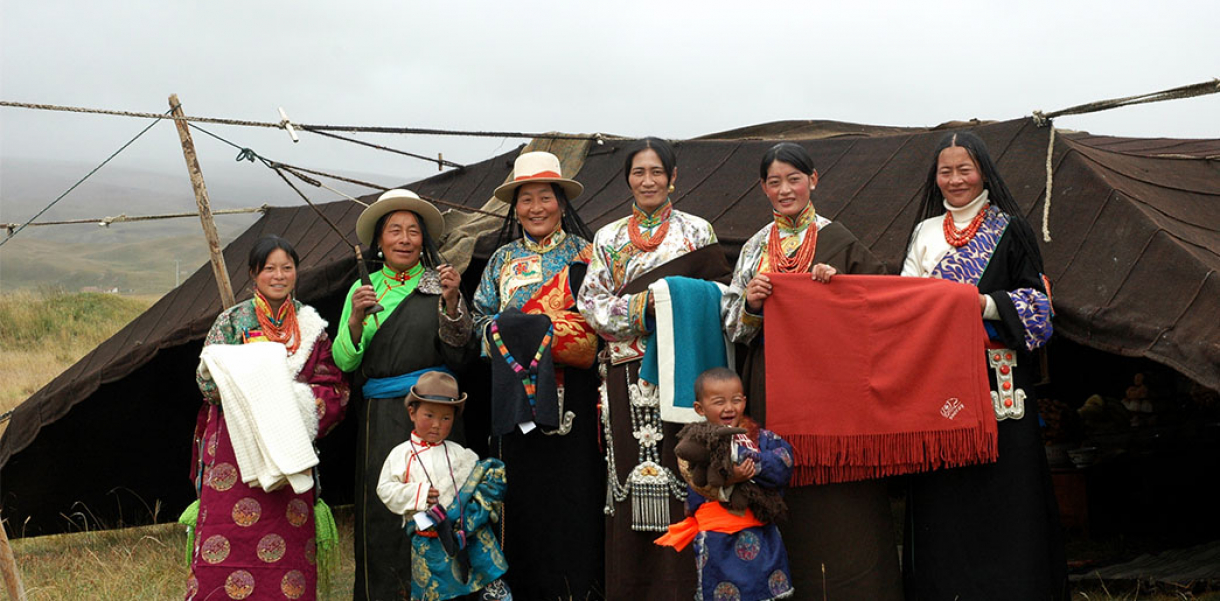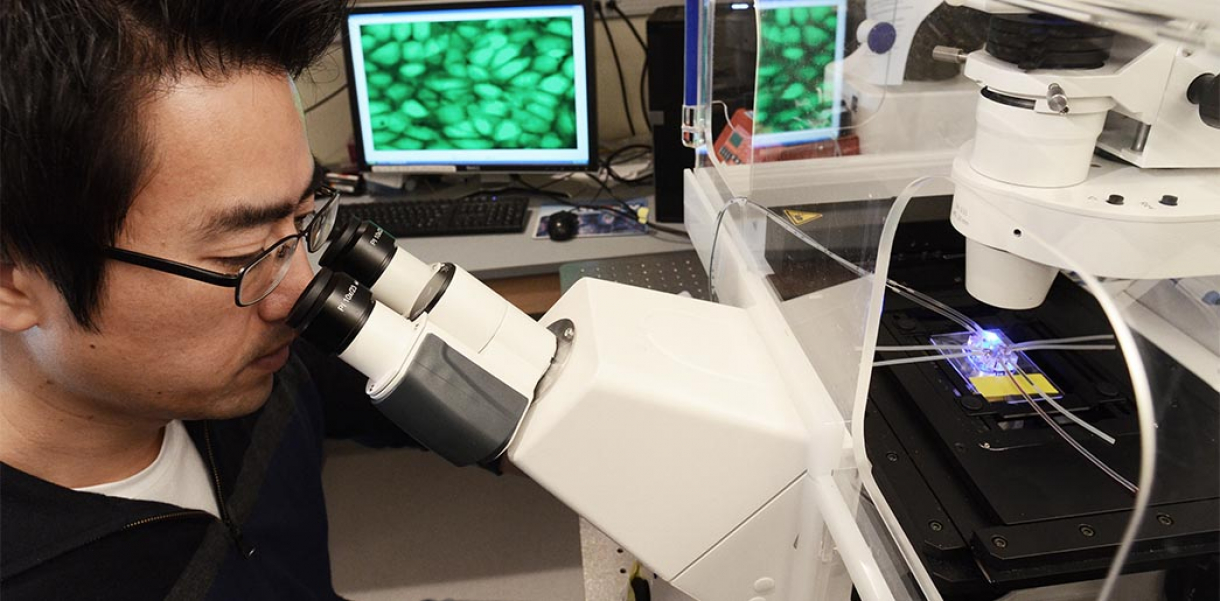Japan is one of the most earthquake-prone areas in the world, with Tokyo as the city most at risk from natural disaster. The earthquake disaster on March 11, 2011, was one of the biggest earthquakes ever recorded in the world. The results were devastating, with 550,000 people evacuated from their homes and 215,000 people sheltered in evacuation centers in the worst hit areas.
The mission of the Earthquake Disaster + design project is to show that design can play an essential role in bringing harmony and order to chaos and help create effective action. The design project basically focuses on evacuation shelters, a vital place for survivors in a natural disaster situation. To solve the various problems that might arise from living in these shelters, the project took form as an inter-disciplinary collaboration among academic institutions, industries and the professional creative community, including undergraduate and graduate students from the following disciplines: Architecture, landscape design, industrial design, visual communication design, economics, education, medicine and communication.
The team behind Earthquake Disaster + design provided concrete solutions for Tokyo, but with relevance for the rest of the world, while at the same time demonstrating that intelligently applied design can ease the problems caused by earthquakes.
Designed by
Kazufumi Nagai, Yusuke Kakei, Yasuhiko Kozuka, Ryo Yamazaki, Arisa Nishigami and Takanori Daigo - Japan




